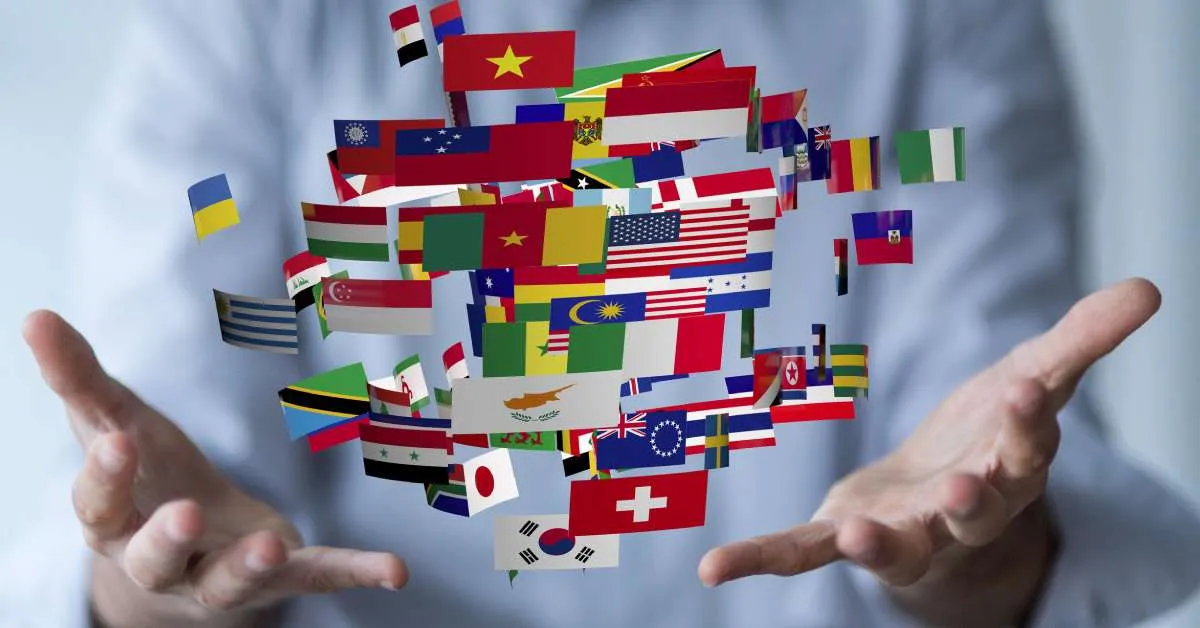How to Localize Content with Professional Translation Services
In today’s global market, reaching diverse audiences requires more than simply translating text from one language to another. Effective communication demands content localization—adapting your message to fit the cultural, linguistic, and contextual preferences of the target audience. This process goes beyond word-for-word translation and ensures that your content resonates with local customs, norms, and expectations.
Professional translation services play a crucial role in successful localization. They combine linguistic expertise with cultural insight to adapt content for specific markets, helping businesses build stronger connections and increase engagement worldwide. Understanding how to localize content effectively using professional translation services can significantly enhance your global communication strategy.
What is Content Localization?
Content localization is the process of tailoring text, images, design elements, and even user experience to suit the cultural and linguistic context of a particular region or audience. It includes translating the language, but also modifying idioms, currency formats, date and time notations, color schemes, symbols, and even cultural references.
For example, a marketing slogan that works well in the United States might not have the same impact—or could even be offensive—in another country. Localization addresses these nuances to ensure your content feels natural and relevant to local consumers, increasing the chances of acceptance and success.
The Importance of Professional Translation Services in Localization
While automated translation tools have improved, they cannot replace the deep understanding and cultural sensitivity offered by human translators. Professional translation services involve skilled linguists who specialize in localization, ensuring that translations are accurate, culturally appropriate, and aligned with your brand’s voice.
These providers typically employ native speakers who understand the local dialects, trends, and societal norms. This expertise helps avoid mistranslations and cultural faux pas that could damage your brand reputation or alienate your audience.
Furthermore, professional translation companies often provide comprehensive localization solutions that cover multimedia content, software interfaces, websites, legal documents, and marketing materials, ensuring consistency and quality across all platforms.
Steps to Localize Content with Professional Translation Services
1. Define Your Target Audience and Market
Before beginning the localization process, it is essential to identify your target market’s language preferences, cultural characteristics, and consumer behavior. This knowledge guides the translation and localization strategy, ensuring the content meets the audience’s expectations and needs.
2. Select the Right Translation Partner
Choosing a professional translation service with proven localization experience is critical. Look for providers with expertise in your industry and knowledge of the specific market you want to target. Verify their qualifications, client testimonials, and portfolio to ensure they can deliver high-quality localized content.
3. Prepare Source Content for Localization
Content should be clear, concise, and well-structured before localization begins. Avoid idioms, slang, or culturally specific references that may be difficult to translate. The cleaner and more straightforward the original content, the easier it will be to adapt for different languages and cultures.
4. Translate and Adapt Content
Professional translators work on translating the text while adapting cultural elements. This step may involve rewriting slogans, modifying images, changing color schemes, or adjusting layouts to align with local preferences. This collaborative approach ensures the content remains engaging and relevant.
5. Implement Localization Technology
Many translation services use Computer-Assisted Translation (CAT) tools and localization software to maintain consistency and speed up the process. These technologies store previous translations and terminology, making it easier to handle large projects and keep the brand message consistent across languages.
6. Conduct Localization Quality Assurance
After translation and adaptation, the content undergoes rigorous quality checks. Linguistic reviews, cultural validation, and functional testing ensure that the localized content is accurate, culturally appropriate, and functions correctly across all platforms. This step is vital to catch errors and fine-tune the final product.
7. Launch and Gather Feedback
Once the localized content is live, monitor its performance and gather feedback from the local audience. User insights can highlight potential improvements and help refine future localization projects for even better results.
Benefits of Localizing Content Professionally
- Enhanced Audience Engagement: Localized content speaks directly to the cultural values and preferences of the audience, increasing trust and emotional connection.
- Improved Brand Reputation: Demonstrating cultural awareness helps build a positive image and avoids misunderstandings or offenses.
- Expanded Market Reach: Proper localization opens doors to new markets, driving sales and growth.
- Competitive Advantage: Companies that invest in localization differentiate themselves from competitors who offer generic translations.
- Higher ROI: Well-localized marketing campaigns and content tend to perform better, delivering greater returns on investment.
Conclusion
Localization is a complex but necessary process in global communication. Simply translating words is not enough; content must be adapted to the cultural context of the target market. By partnering with professional translation services, businesses can ensure their message is not only understood but also appreciated by diverse audiences worldwide.
Investing in expert localization helps companies build meaningful connections, boost brand loyalty, and achieve sustainable growth in the international marketplace. For organizations aiming to expand globally, mastering content localization with the help of professional translation services is an essential step toward success.






